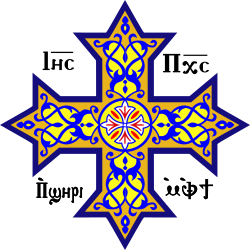References
- ↑ Dunn, Marilyn (2000). The emergence of monasticism: from the Desert Fathers to the early Middle Ages. Oxford: Blackwell Publishers. ISBN 0-631-13463-8.
- 1 2 Brooks Hedstrom, Darlene L. (2017-11-23). The Monastic Landscape of Late Antique Egypt: An Archaeological Reconstruction. Cambridge University Press. doi:10.1017/9781316676653.007. ISBN 978-1-316-67665-3.
- ↑ Harmless, William (2004). Desert Christians: An Introduction to the Literature of Early Monasticism. Oxford: Oxford University Press. doi:10.1093/0195162234. ISBN 978-0-19-516222-6.
- ↑ Veilleux, Armand (1980). Pachomian Koinonia: The life of Saint Pachomius and his disciples (volume 1). Cistercian Studies Series. Vol. 45. Kalamazoo, Mich: Cistercian Publications. ISBN 0-87907-845-6.
- ↑ Barthel, Christian (2020). "Monastic Authority on Trial: The Synod of Latopolis". Konzilien und kanonisches Recht in Spätantike und frühem Mittelalter. Berlin: Walter de Gruyter: 25–39. ISBN 978-3-11-068437-7.

